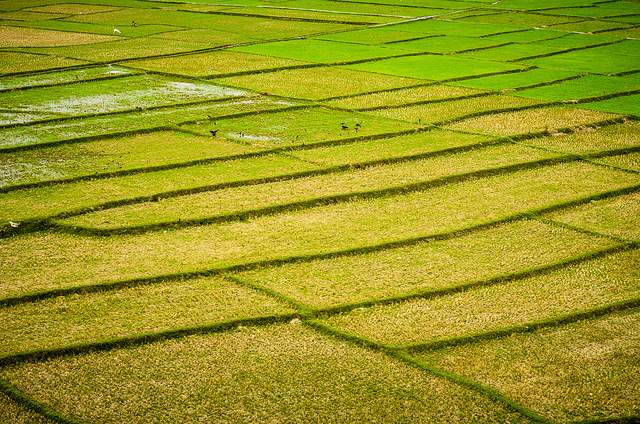When you think about it, the expansion of agricultural output since the Second World War has been nothing short of miraculous. However, the system underlying that expansion is highly vulnerable to factors that are now staring us in the face. These include a dependence on relatively stable climatic conditions, the consequences of single-crop practices, excessive use of antibiotics, fertilisers and pesticides, and fast and efficient transport explains Alexandre Jeanblanc, SRI investment specialist in Paris at BNP Paribas Investment Partners.
The Food and Agriculture Organisation (FAO) now estimates that to feed humanity in 2050 agricultural output will have to expand by 70%. As this target will have to be achieved without placing additional burdens on the global environment, it will doubtless require many simultaneous initiatives such as:
- supporting broader-based efforts to limit climate change, including better energy usage
- restricting farmland expansion while increasing yields and reducing agricultural pollution to preserve ecosystems
- reducing water usage to ease pressure on water tables
- preserving topsoil quantity and health, in part by enhancing fertiliser efficiency
- moderating the use of livestock antibiotics
- halting the ecological impoverishment of the oceans and regulating fish-farming
“To meet these enormous challenges, agricultural production systems will have to evolve and adapt, not least by expanding research into “sustainable” farming. Some solutions already exist, as a number of successful developments have already demonstrated” writes Jeanblanc in his company blog. These include:
- the domestication of water in Israel,
- drip irrigation, which is increasingly common in California,
- recycling containers in the Nordic countries,
- the replacement of chemical fertilisers with organic ones,
- permaculture (high yields but labour intensive),
- the development of more efficient systems for food preservation,
- precise systems for dosing inputs.
These solutions will have to be rolled out on a large scale to safeguard the environment against the impact of higher agricultural output. “New forms of decentralised and smaller-scale agriculture may equally be worth exploring. There is no single solution, but multiple strategies – from the way land is used, to new ways of thinking, making financing available and developing accessible technologies. Public education is also vital – both to reduce food wastage (one third of food currently produced is thrown away) and change dietary habits (eating less meat would help to optimise grain consumption). But none of these alone holds the key to meeting future challenges” says the expert.
“We are probably just at the start of a vast transformation in farming methods. Farming tomorrow will have to be efficient, economical and environmentally friendly. Technologies continue to improve and offer prospects for progress that would have been unimaginable just 10 years ago. But they will require heavy capital outlays. Will governments be able to rise to these challenges and thus support their farmers? Will they be able to choose unconventional environmental solutions (such as permaculture, for example)? Will consumers agree to pay more for food? The portion of GDP from agriculture has shrunk constantly over the past 50 years to less than 2% in 2014 in many developed countries. Has the time come to change our ways of thinking and our development models?” He wonders.
It is in companies that are firmly committed to meeting these challenges that BNP Paribas Investment Partners’ environmental funds invest.

